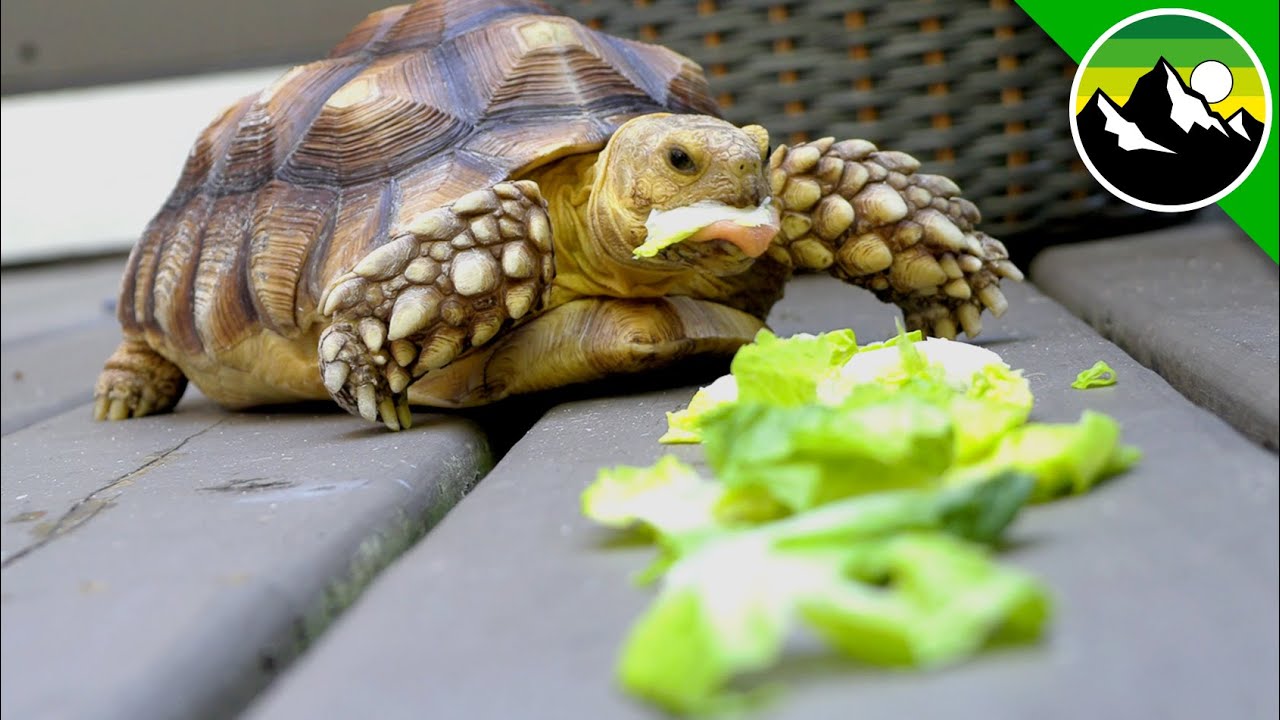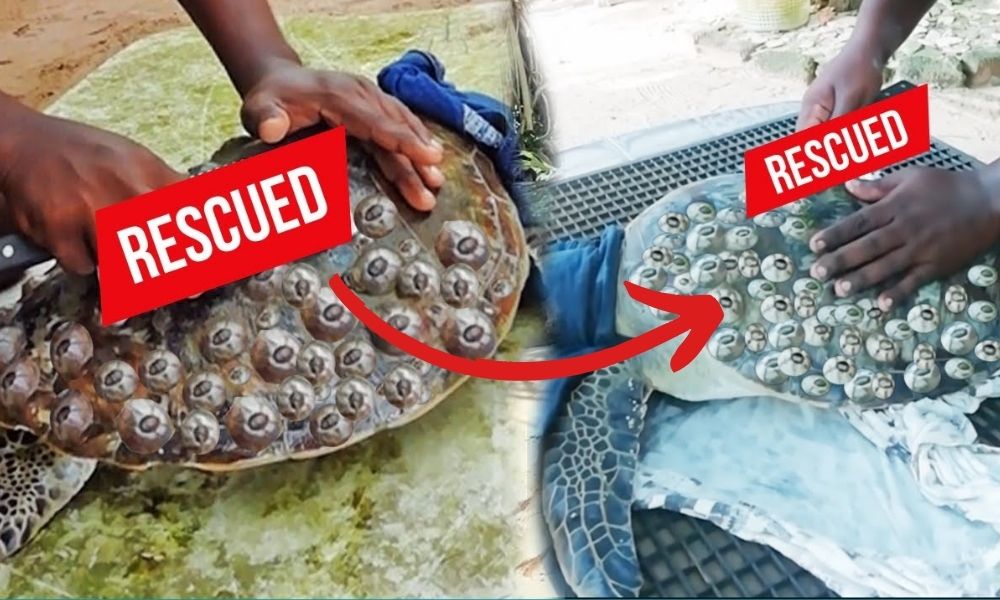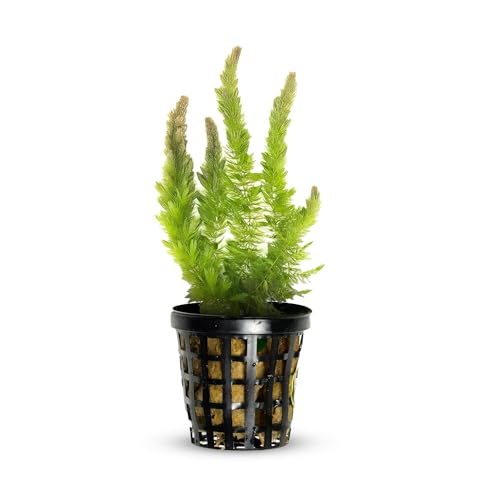Yes, turtles can eat green beans. They offer a healthy, nutritious option for your pet turtle’s diet.
Turtles need a varied diet to stay healthy. Green beans are an excellent addition due to their high nutritional value. These vegetables provide essential vitamins, minerals, and fiber. They help support a turtle’s digestive system and overall health. Fresh, raw green beans are best, as they retain more nutrients.
Always wash them thoroughly before feeding. Cut them into small, manageable pieces to prevent choking. Avoid canned green beans, as they often contain added salt and preservatives. By including green beans in your turtle’s diet, you contribute to their balanced nutrition and overall well-being.

Introduction To Turtles’ Diet
Turtles are fascinating creatures with specific dietary needs. Understanding what they eat is vital for their health. Owners often wonder about their pets’ food preferences and nutritional needs.
Natural Food Preferences
Turtles in the wild have diverse diets. They eat plants, insects, and small fish. Their diet varies based on their species and habitat.
- Herbivorous Turtles: These turtles primarily eat plants and vegetables.
- Omnivorous Turtles: They consume both plants and animal matter.
- Carnivorous Turtles: These turtles mostly eat meat, like insects and small fish.
Green beans can be a part of their diet, especially for herbivorous and omnivorous turtles. It is essential to know the specific dietary needs of your turtle species.
Nutritional Needs
Turtles require a balanced diet to stay healthy. Their diet should include proteins, vitamins, and minerals.
| Nutrient | Importance | Sources |
|---|---|---|
| Proteins | Essential for growth and repair. | Insects, small fish, and some plants. |
| Vitamins | Vital for overall health and immune system. | Fruits, vegetables, and supplements. |
| Minerals | Important for shell and bone health. | Leafy greens, vegetables, and calcium supplements. |
Green beans are rich in vitamins and minerals. They can provide essential nutrients to your turtle. Always ensure a varied diet to meet all nutritional needs.
Include vegetables like green beans in moderation. Balance them with other food sources for a healthy diet.

Green Beans: Nutritional Profile
Green beans are a nutritious vegetable for turtles. They offer a variety of essential nutrients that can support your turtle’s health. Understanding the nutritional profile of green beans helps ensure a balanced diet for your pet.
Vitamins And Minerals
Green beans are packed with vitamins and minerals crucial for turtle health. Here are some key nutrients:
- Vitamin A: Essential for vision and immune health.
- Vitamin C: Helps in wound healing and immune function.
- Vitamin K: Important for blood clotting and bone health.
- Calcium: Crucial for strong bones and shell.
- Iron: Vital for blood health and energy levels.
Fiber Content
Green beans are a good source of fiber, which aids in digestion. Fiber helps maintain a healthy digestive tract and can prevent constipation in turtles.
Here is a quick overview of the fiber content in green beans:
| Type | Amount per 100g |
|---|---|
| Dietary Fiber | 2.7g |
Including green beans in your turtle’s diet can help promote regular bowel movements and overall digestive health.
Safety Of Green Beans For Turtles
Many pet owners wonder, “Can turtles eat green beans?” The answer is yes, but understanding the safety of green beans for turtles is crucial. This section will explore the health risks and preparation methods for feeding green beans to turtles.
Possible Health Risks
Feeding turtles green beans can pose some risks. Overfeeding can lead to issues. Here are some possible health risks:
- High Fiber Content: Too much fiber can cause digestive problems.
- Oxalates: Green beans contain oxalates, which can hinder calcium absorption.
- Pesticides: Non-organic green beans may contain harmful pesticides.
Always monitor your turtle’s health. If any issues arise, consult a vet immediately.
Preparation Methods
Proper preparation of green beans is essential for turtle safety. Follow these steps:
- Wash Thoroughly: Remove any pesticides and dirt.
- Chop Small: Cut the beans into small, manageable pieces.
- Cook Lightly: Steaming is best. Avoid adding salt or spices.
Use these tips to ensure green beans are safe for your turtle. Proper preparation minimizes health risks.

Feeding Frequency And Portion Size
Turtles can eat green beans, but it’s important to manage how much and how often. Understanding the right feeding frequency and portion size helps keep your turtle healthy.
Moderation Is Key
Feeding turtles green beans in moderation is essential. Green beans are nutritious but should not be the main part of their diet. A varied diet ensures they get all the necessary nutrients.
Determining The Right Amount
The right portion size for green beans depends on your turtle’s size and age. Here’s a simple table to guide you:
| Turtle Size | Green Bean Portion | Feeding Frequency |
|---|---|---|
| Small (up to 4 inches) | 1-2 small pieces | Once a week |
| Medium (4-8 inches) | 2-3 small pieces | Twice a week |
| Large (over 8 inches) | 3-4 small pieces | Three times a week |
Keep green bean pieces small. This makes them easy for your turtle to eat. Always monitor your turtle’s reaction to new foods.
Remember to rotate green beans with other vegetables. This ensures a balanced diet. A healthy turtle is a happy turtle!
Benefits Of Green Beans In A Turtle’s Diet
Green beans offer many benefits for turtles. They are rich in nutrients and easy to digest. They also provide a great source of fiber, vitamins, and minerals. These elements play a crucial role in a turtle’s overall health and well-being.
Boosting Health With Greens
Green beans are rich in vitamins A, C, and K. These vitamins help improve a turtle’s immune system. They also support healthy vision and bone development.
Green beans are low in calories but high in fiber. This helps in maintaining a healthy digestive system. Fiber is essential for preventing constipation in turtles.
A diet rich in green beans can help reduce the risk of obesity. Turtles often suffer from weight-related issues. Green beans are a low-calorie treat that they can enjoy without gaining extra weight.
Long-term Dietary Impact
Regular consumption of green beans can lead to long-term health benefits. A balanced diet with green beans can increase a turtle’s lifespan. It ensures that they get the necessary nutrients without overeating.
Green beans contain antioxidants that protect against cellular damage. This can help in reducing the risk of diseases. Antioxidants play a vital role in maintaining a turtle’s overall health.
| Nutrient | Benefit |
|---|---|
| Vitamin A | Improves vision and immune function |
| Vitamin C | Boosts the immune system |
| Vitamin K | Supports bone health |
| Fiber | Aids in digestion |
| Antioxidants | Protects against cellular damage |
Including green beans in a turtle’s diet can lead to a healthier life. They offer essential nutrients without high calories. This makes them a perfect addition to a balanced diet.
Turtles’ Feeding Behaviors
Turtles have unique feeding behaviors. They are often fascinating to observe. Understanding these behaviors helps in providing the best care for them. Turtles are not picky eaters. They enjoy a variety of foods. Knowing their dietary needs ensures they stay healthy and happy.
Variety In Diet
Turtles need a balanced diet. They eat both plants and animals. This makes them omnivores. Vegetables, fruits, and small insects are their favorites. Green beans are a good option for turtles. They are nutritious and easy to digest.
| Food Type | Examples |
|---|---|
| Vegetables | Green beans, carrots, lettuce |
| Fruits | Apples, berries, melons |
| Protein | Small insects, worms, fish |
Adapting To New Foods
Turtles can adapt to new foods. Introducing green beans should be gradual. Start with small pieces. Observe their reactions. Some turtles may take time to accept new foods. Be patient and consistent.
- Start with small portions.
- Mix with their favorite foods.
- Observe their eating habits.
Green beans are rich in vitamins. They provide essential nutrients. They help in turtles’ growth and health. Green beans are also a good source of fiber. This aids in digestion. Make sure to wash them well before feeding. Cut them into small, bite-sized pieces. This makes it easy for turtles to eat.
Expert Opinions On Turtles And Vegetables
Many turtle owners wonder if their pets can eat green beans. Experts have shared their thoughts on turtles and vegetables. This section will explore those opinions.
Veterinarian Recommendations
Veterinarians play a key role in guiding turtle diets. They often suggest a balanced diet with both animal and plant matter. Green beans can be a part of this diet. They are rich in vitamins and fiber. But, veterinarians advise moderation.
Dr. Sarah Collins, a reptile specialist, says, “Green beans are good for turtles. But, they shouldn’t be the main food. Mix them with other vegetables.”
Here’s a list of other recommended vegetables:
- Carrots
- Kale
- Squash
- Bell peppers
Veterinarians also stress the importance of variety. A diverse diet ensures turtles get all nutrients.
Case Studies
Several case studies highlight the benefits of green beans for turtles. These cases show improvements in health and behavior.
Case Study 1: A turtle named Leo had a poor diet. His owner added green beans to his meals. After a month, Leo showed more energy and better shell condition.
Case Study 2: Bella, another turtle, was overweight. Her owner switched to a diet with more vegetables, including green beans. Bella lost weight and became more active.
These case studies provide real-life examples. They show the positive effects of including green beans in a turtle’s diet.
| Turtle Name | Initial Condition | Diet Change | Outcome |
|---|---|---|---|
| Leo | Poor diet | Added green beans | More energy, better shell |
| Bella | Overweight | More vegetables | Weight loss, more active |
Alternative Vegetables And Foods
When considering a turtle’s diet, green beans are a safe choice. Yet, it’s important to know other alternative vegetables and foods that turtles can eat. This section covers safe options, and foods to avoid.
Safe And Nutritious Options
Turtles need a variety of vegetables for balanced nutrition. Here are some safe and nutritious options:
- Carrots: Rich in Vitamin A, good for vision.
- Bell Peppers: High in Vitamin C, boosts the immune system.
- Kale: Contains calcium, supports strong bones.
- Zucchini: Low in calories, aids digestion.
- Spinach: Packed with iron, good for blood health.
These vegetables should be part of a balanced diet. Feed them in moderation.
Foods To Avoid
Not all vegetables and foods are safe for turtles. Some can be harmful. Avoid the following foods:
| Food | Reason to Avoid |
|---|---|
| Tomatoes | High in acidity, can upset stomach |
| Onions | Can cause anemia |
| Garlic | Contains toxins harmful to turtles |
| Iceberg Lettuce | Low in nutrients, mostly water |
| Rhubarb | Highly toxic, can be fatal |
These foods can cause health issues. Always choose safe vegetables for your turtle.
Frequently Asked Questions
Can Turtles Eat Green Beans Safely?
Yes, turtles can safely eat green beans. They are a nutritious addition to their diet. Always serve them raw and chopped.
Are Green Beans Good For Turtles?
Green beans are good for turtles. They provide essential vitamins and fiber. They should be part of a balanced diet.
How Often Can Turtles Eat Green Beans?
Turtles can eat green beans a few times a week. Moderation is key to avoid nutritional imbalances.
Should Green Beans Be Cooked For Turtles?
No, green beans should not be cooked for turtles. Raw green beans retain more nutrients beneficial for turtles.
Conclusion
Turtles can safely enjoy green beans as part of a balanced diet. These vegetables offer essential nutrients and hydration. Ensure to serve them fresh and in moderation. Always consult with a veterinarian for tailored dietary advice. Feeding turtles the right foods promotes their health and longevity.
Enjoy watching your turtle thrive!





Leave a Reply